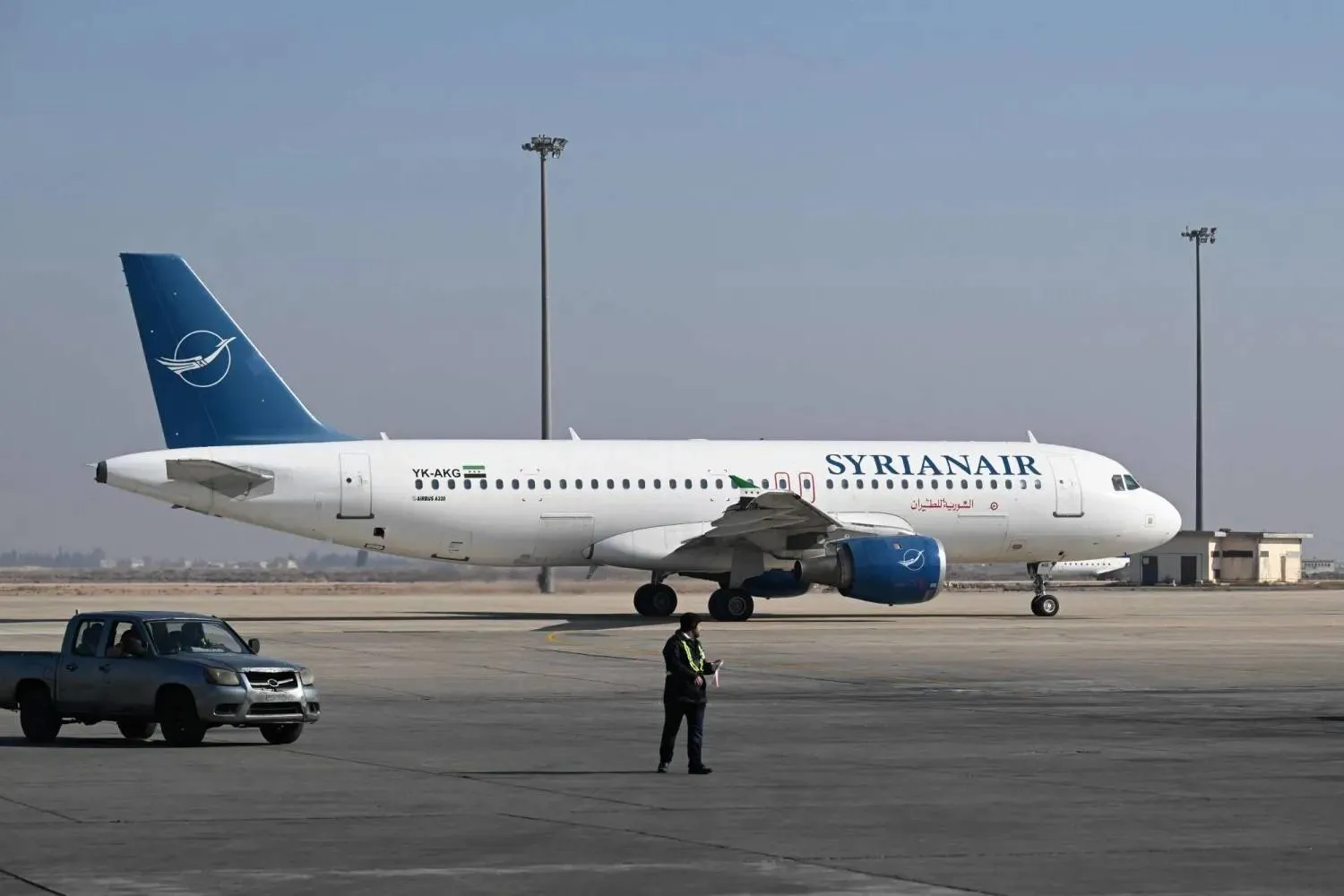The Israeli security apparatuses are investigating the type of kamikaze drone that Hezbollah used on Sunday evening to hit a Golani Brigade base near Binyamina south of Haifa, killing four soldiers and wounding about 90 others, including 12 soldiers with serious injuries.
Ron Ben-Yishai, a security expert at the Yedioth Ahronoth newspaper, said that from the limited details currently available, the drone was likely a Sayyad 107 model, a UAV manufactured in Iran and widely used by Hezbollah, which also produces it in large quantities in Lebanon.
“The model’s flight path can be programmed to frequently change altitude and direction, making it difficult to detect and track,” Ben-Yishai said.
“It has a range of up to 100 kilometers (62 miles) and is small, with a very low radar signature compared to larger, metal-made UAVs. Its detection relies on the heat emitted by the engine, which is also challenging to identify via optical means,” he added.
According to the security expert, the military is examining all possibilities, but it's almost certain that the UAV, which hit a critical target and caused many casualties, wasn't only a specialized model but also Hezbollah managed to overwhelm or disrupt the Israeli army’s detection systems by launching a mixed salvo of rockets and two other drones aimed at the Western Galilee.
Ben-Yishai noted that the UAVs continued toward the sea off the northern coast and the Iron Dome system intercepted one.
The Israeli army dispatched fighter jets and combat helicopters to track the remaining UAV, but contact with it was lost, he said.
The expert said it is possible that the UAV was pre-programmed to sharply descend toward the ground or the sea and continue flying at low altitude, exploiting the coastal terrain and then the hills of the coastal plain to evade interceptors.
“Hezbollah has gained considerable experience in operating UAVs over the past year, successfully causing numerous casualties among civilians and primarily IDF soldiers at remote bases,” Ben-Yishai wrote, adding that over half of the drones launched by Hezbollah are intercepted, either by the Israeli army fighter jets sent to engage them or by the Iron Dome and David's Sling systems.
However, he noted, due to the UAV's small size and very weak radar signature, the Iron Dome's fire control radars and the optical sensors on fighter jets and helicopters often lose track of them, especially in hilly areas where radar echoes from the terrain are dominant and misleading.
Ben-Yishai revealed that the Israeli army and defense industries have been trying to find a solution to this issue at least since the current war began, but there is still no effective detection and interception solution.
He said the sophisticated UAVs manufactured by Iran are equipped with inertial navigation systems in addition to satellite navigation, enabling them to stay on course and strike their targets even when faced with GPS jamming.
“This is intended to mislead them, but Iran and Hezbollah sometimes bypass the American GPS jamming by using unique satellite navigation systems developed by Russia or China,” Ben-Yishai said.







